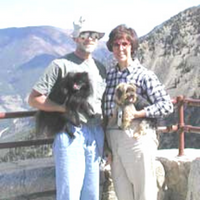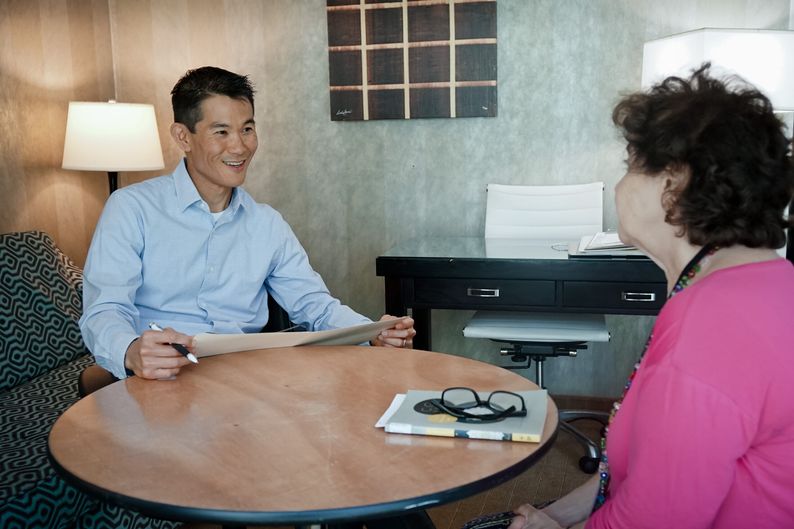Elizabeth TeSelle: Beyond Veganism
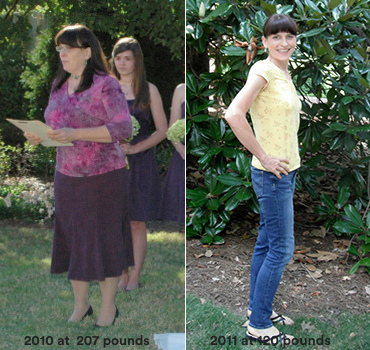
I must begin this story by admitting that I was formerly a failed McDougaller. I succeeded my first time around in losing the 70 pounds I had gained in my 30s, but then I gradually slipped off the McDougall wagon, gaining back every pound I had lost (and a few more as well). I did that not by eating the Standard American Diet (SAD) as so many have, since I have been vegetarian since 1986 and vegan since 1992. I was vegan for primarily ethical reasons, however, and often used oil in cooking, as well as other calorie-dense foods. With two jobs and a farm to run, too often I fell back on frozen vegan “fast food” (marketed to appear healthy, but processed and high in fat) and picked up burritos on my way home. In my worst moments, I ate French fries, potato chips, and other junk food (and a surprising amount of junk food is vegan!). All too soon, eating that way eroded the progress I had made McDougalling.
From a low of 128 pounds in 1999, I eventually reached a high of 207 in October 2009. Although an avid rider, I stopped riding my horse for more than two years because the additional weight made me feel insecure and ineffective. When I saw a photo of myself reading a passage at the wedding of my best friend, I was finally spurred to action… sort of. At that stage, I remember primarily a feeling of resentment. After all, I was already restricted in what I could eat by virtue of being vegan. I didn’t eat meat or dairy, and my diet was better than that of most people I knew (junk food and all). Why should I “suffer” further by returning to the McDougall plan? Note that I knew perfectly well what the solution to my problem was—I’d lost weight easily before and I knew I could do it again. Still, I resisted, delayed, and tried to talk myself out of a slim, healthy future.
At around the same time, I learned at a doctor’s appointment that my blood pressure, always borderline high, was at the point where the doctor wanted me on medication. Since I had always been a healthy person, even when overweight, I found this information shocking. I was also surprised to see that my total cholesterol, previously 126, had risen to 181 (despite my not having eaten any animal products in almost 20 years). I reluctantly started taking blood pressure medication and decided to try to be a little bit “better” about my diet (while still not willing to re-commit fully to the McDougall plan). I continued to eat some vegan fast food, but less of it, and I had a salad every day for lunch. When I returned to the doctor at the end of May, I realized that over the 6 months between January and June, I had lost 8.5 pounds.
That small victory, and the fact that my blood pressure was still elevated on the medication (with my doctor now insisting that I go on Norvasc, a more dangerous blood pressure medication), pushed me over the edge. I started the Norvasc but discontinued it after less than a month, based on Dr. McDougall’s opinions about drugs in that class, and in June 2010 I re-committed 100% to the McDougall plan.
Since being back on the McDougall plan, I have lost almost 90 pounds. I am now at 120 lbs, which puts me at a BMI of 19.4 (I am 5′-6″ tall). I wear size 4 clothing, down from size 16. My total cholesterol has gone from 181 to 123, and my BP has gone from 160/100 to 122/70. My fasting blood glucose has gone from 113 to 79. I am on no medication of any kind. At age 49, I am fit and healthy, and I look and feel great. Best of all, I’m riding my horses again!
One interesting sidebar to my story involves the effect of caffeine on my blood pressure. Throughout my weight loss, I continued to drink small amounts of coffee and tea (despite Dr. McDougall’s warnings about the former!). I was surprised to find, upon returning to the doctor’s for testing after my weight loss, that although I was at a normal weight and all my other numbers had improved, my blood pressure had not. Since I had been very careful regarding sodium, consuming no added salt, avoiding processed foods, and reading labels carefully, I was confused. I spoke with Dr. Caldwell Esselstyn (author of the book Prevent and Reverse Heart Disease), who told me about several studies suggesting that while most people are not significantly affected by caffeine, in sensitive individuals it can elevate blood pressure for up to 12 hours.
On Dr. Esselstyn’s advice, I went off caffeine in all forms cold turkey, recording my blood pressure with a home monitor twice a day, starting 3 days before eliminating caffeine and continuing for 2 weeks after doing so. Within the first caffeine-free day my blood pressure began to drop, and eventually it edged into the normal range. It is still mildly elevated at the doctor’s office (“white coat syndrome”), but at home it stays around 122/70. Interestingly, my doctor had never suggested eliminating caffeine—she just automatically put me on medication!
Many people have asked what advice I have for those starting the program. All I can tell them is what worked for me, because everyone is different. While there are many enticing recipes in the McDougall cookbooks and online, for me the key to success lies in keeping it simple.
I find the Maximum Weight Loss (MWL) plan easier to follow than the Regular plan, in part because many of the higher-fat foods permitted in small amounts on the Regular plan (such as tofu and nuts) are foods that I can and will overeat with ease. Knowing myself, I prefer to stick to whole foods (green and yellow veggies, fruits, grains, legumes, potatoes and other starchy veggies), with as little processed food as possible. This works for me partly because I tend to be an all-or-nothing person, but also because I simply feel better when I stick with whole foods. I also really love to eat, and the MWL plan allows me to eat as much as I want of whatever I make!
I tend to stick with a few meals I really enjoy—the simpler the better! Thanks to Jeff Novick’s “Fast Food” video, which provides those of us who have busy lives with quick, easy, and tasty ways to stick with the MWL plan, I’m never without something yummy in my fridge. I make sure to keep basic ingredients in stock: canned no-salt-added beans and tomatoes, plenty of frozen veggies and fruit, and lots of potatoes and brown rice. To those ingredients I add fresh veggies and fruit when they are in season or when they sound good. Because I stick with the MWL plan even now that I’m at goal weight, I can eat a LOT of food—sometimes 3-4 helpings of my favorite soup—and this keeps me happy and satisfied.
I think back now on the way I felt when I weighed 207 (sure that I would be “suffering” if I returned to the McDougall plan), and I have to smile. I’m sure not suffering—on the contrary, I’m grateful to have been given a second chance to return to a healthy weight and an active life, and to avoid the serious health problems that were lurking around the corner for me. I think I can promise that this time around, there will be no going back for me.
Update January 2022
Despite my best intentions, I did slip back a bit during COVID, as did many. I gained a little weight and was disappointed in myself. But I knew what to do, and I did it. I got back on plan and lost the weight in less than 3 months and am back now at 120, happy and healthy at age 59. It’s important to remember that a slip is not the end of the world—we can move on from mistakes. This plan is the best, safest, healthiest and tastiest way to eat. It always works. Remembering that will help fix any mistakes.
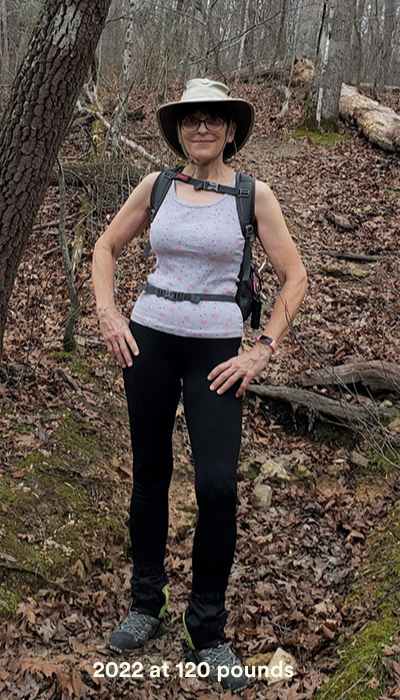
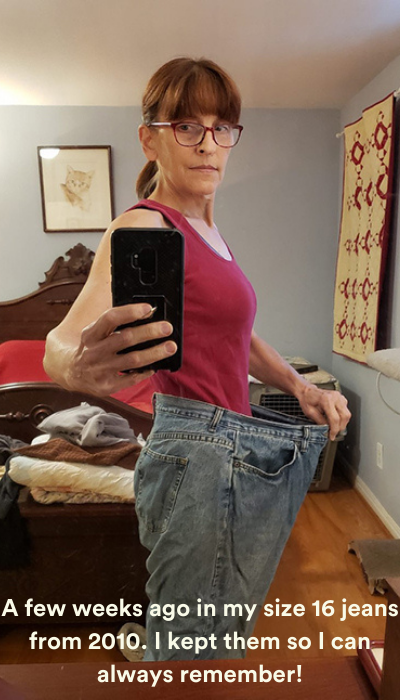
Recommended Articles
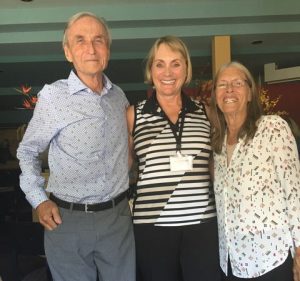
Janice: Her Inflammation Dropped Along with Her Excess Weight
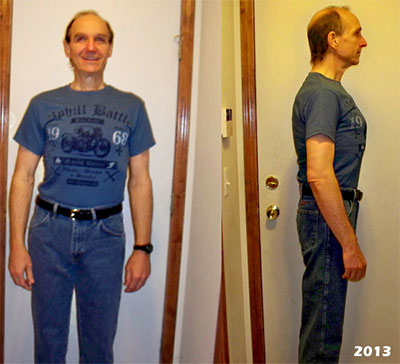
George Sanders: Freeing Myself of Metabolic Syndrome
